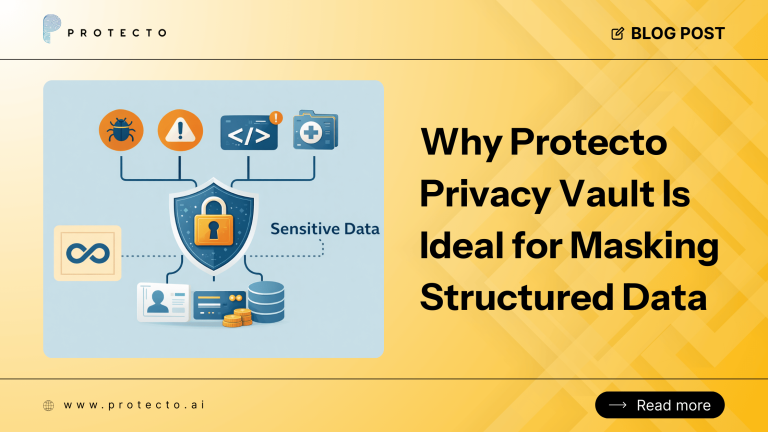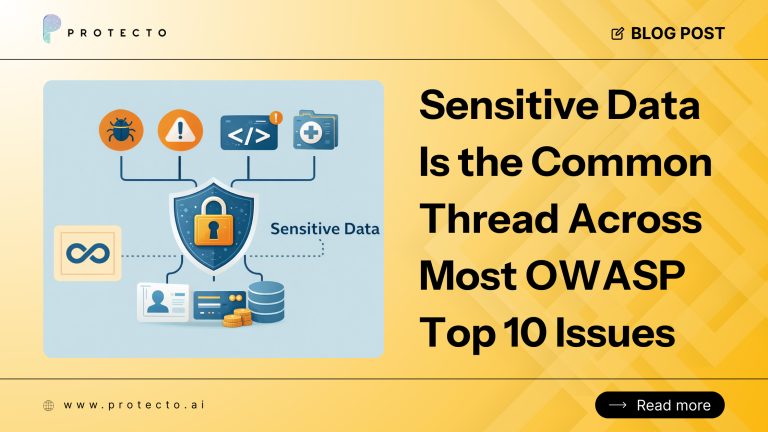Cybersecurity and compliance jobs are in high demand in the IT industry, and that number is only going to grow as the skills gap is still a reality for employers. One of those increasingly sought-after jobs is the role of a Data Protection Officer (DPO).
What is a DPO?
When the EU voted for the General Data Protection Regulationin 2018, they anticipated that large organizations would need an internalchampion who could drive initiatives to meet and continually drive regulationcompliance. Hence, the EU Commission specified a new leadership position ‘ thatof Data Protection Officer, a.k.a. DPO. A DPO has many responsibilities, andeven though it is not a mandatory role for all businesses, the role helps companieseffectively identify and coordinate the tasks that must be carried out toprotect personal data.
Since the role is relatively new for many businesses, it’shelpful to know how you can cement a successful career in this position.
Understand Your Objectives
Promoting data protection/privacy awareness and improving the governance of data processing activities are priorities for Data Protection Officers. As a DPO, you must conduct awareness campaigns, conduct formal staff training sessions, and frequently update senior executives in a top-down approach. Apart from that, you’ll also need to respond to data subject requests and oversee consent management.
Depending on how long you’ve been on the job and thematurity of the data protection program in your organization, other dutiesinclude:
- Create data protection awarenessamong other employees.
- Focus on enhancing data governanceprocesses when your organization starts applying data protection best practices.
- Deploy new business models andtechnologies to improve GDPR and CCPA compliant data processing tasks.
Train Properly
No one is born a DPO, and as it is a comparatively new jobprofile, you will require suitable training. Invest time in understanding thebasics of a DPO’s role. If you have time to spare, there are long-term trainingprograms and even diplomas available. Finish self-training through books or massiveopen online courses (MOOC). Try to find answers to your questions so you canfit into the position as quickly as possible.
Keep an Eye Out for the Latest Industry Trends
The mark of a good DPO is staying current with the latestnews related to your industry along with changes to the privacy andcybersecurity industry in general. Set up notifications and alerts on subjectsassociated with personal data ‘ technical, legal, and societal. Use socialmedia platforms like LinkedIn and Twitter, implement syndication tools such asFeedly, and turn on Google Alerts to make things easier. You can also subscribeto GDPR supervisory authorities and privacy newsletters.
Develop Your Personal Network
You’re not the only Data Protection Officer in your sector.Search for opportunities to develop a strong network. Exchange information ‘ butnothing sensitive or classified ‘ on best practices, and discuss legal andtechnical points. You will find social media sites such as LinkedIn very usefulin this regard, especially since there are Groups dedicated to this topic.Follow key experts and arrange in-person meetings, if possible. Speak to thehigher-ups in your organization about opportunities to participate inworkshops, conferences, partnerships, workgroups, and meetings.
Familiarize Yourself with the Tools for the Job
Check out tools like step-by-step guides, fact sheets, and data registry templates to help you settle in as a DPO. Search for similar tools from various supervisory authorities, like the EU Commission. Since DPO is a new type of profession, you’ll see new technologies coming out over time to help you perform your role more efficiently.
Speak to Affected Teams and Departments
You’ll need to fully integrate into your company’soperations if you want to grow. Get involved in the development of newservices, products, and marketing strategies. Meet the people you will beworking with regularly.
- Check the organization chart todecide whom to meet.
- Contact each operational manager toidentify if/how they process personal data.
- Make appointments with employees toset up your future collaboration.
Conduct Audits
Conduct regular audits to identify all the processing ofpersonal data in progress within the organization. Learn what details arecollected, such as names, emails, addresses, purchase history, and phone numbers.Once you’ve received this information, develop your action plan and evaluatethe compliance level of your company.
Understand Privacy Laws Such as GDPR and CCPA Thoroughly
Get comfortable with the contents of the GDPR as well as itsdifferent interpretations. It is not enough to simply know what the law says; youshould understand what it means in practice. Learn how to operationalizeaspects of the law like the right to data profitability and the right to beforgotten. You should also be able to interpret complex regulatory requirementsand offer actionable advice.
Learn Important IT Terms
The GDPR is a complicated regulation. Before you try toexplain the terms and phrases to consumers and clients, you should know themyourself. Start with these basic but necessary IT terms:
Data Breach
This refers to a confirmed incident in which protected, confidential or sensitive information has been disclosed or accessed without the required authorization. Data breaches may be intentional or accidental. According to the GDPR, DPOs must report breaches not only to legal authorities but also to the affected data subjects, within 72 hours of the occurrence.
PII (Personally Identifiable Information)
This is any data that may be used for identifying specificindividuals. PII may be non-sensitive or sensitive, such as medical informationand biometric data. The GDPR mandates that organizations cannot legally processPII without meeting certain criteria. Moreover, data subjects may request theirPII to be erased from the firm’s storage systems at any time.
Additional Security Controls
This indicates any security features, resources, controls,and/or functionalities that customers may use, including encryption,monitoring, logging, access and identity management, firewalls, and securityscanning.
Notification Email Address
This is the email address designated by company users in theOrdering Document, Order Form or Admin Console to receive specificnotifications. Customers are responsible for ensuring the Notification EmailAddress is valid and current.
Subprocessor
This is a third party that is authorized as another processor to have logical access to consumer data and the ability to process that data in order to provide parts of the service.
Privacy Shield
This refers to the EU-US Privacy Shield legal framework to regulate the cross-border transfer of personal data outside the EU to the US. It was designed by the U.S. Department of Commerce, the European Commission and Swiss Authority to provide businesses a mechanism to transfer personal data from the EU and Switzerland while complying with data EU protection requirements.
Concluding Remarks
Data protection and compliance jobs are in high demand, anda DPO role is one of the most attractive positions available right now. Expand yourGDPR knowledge and memorize these important IT terms to chart your way tosuccess in the industry.




